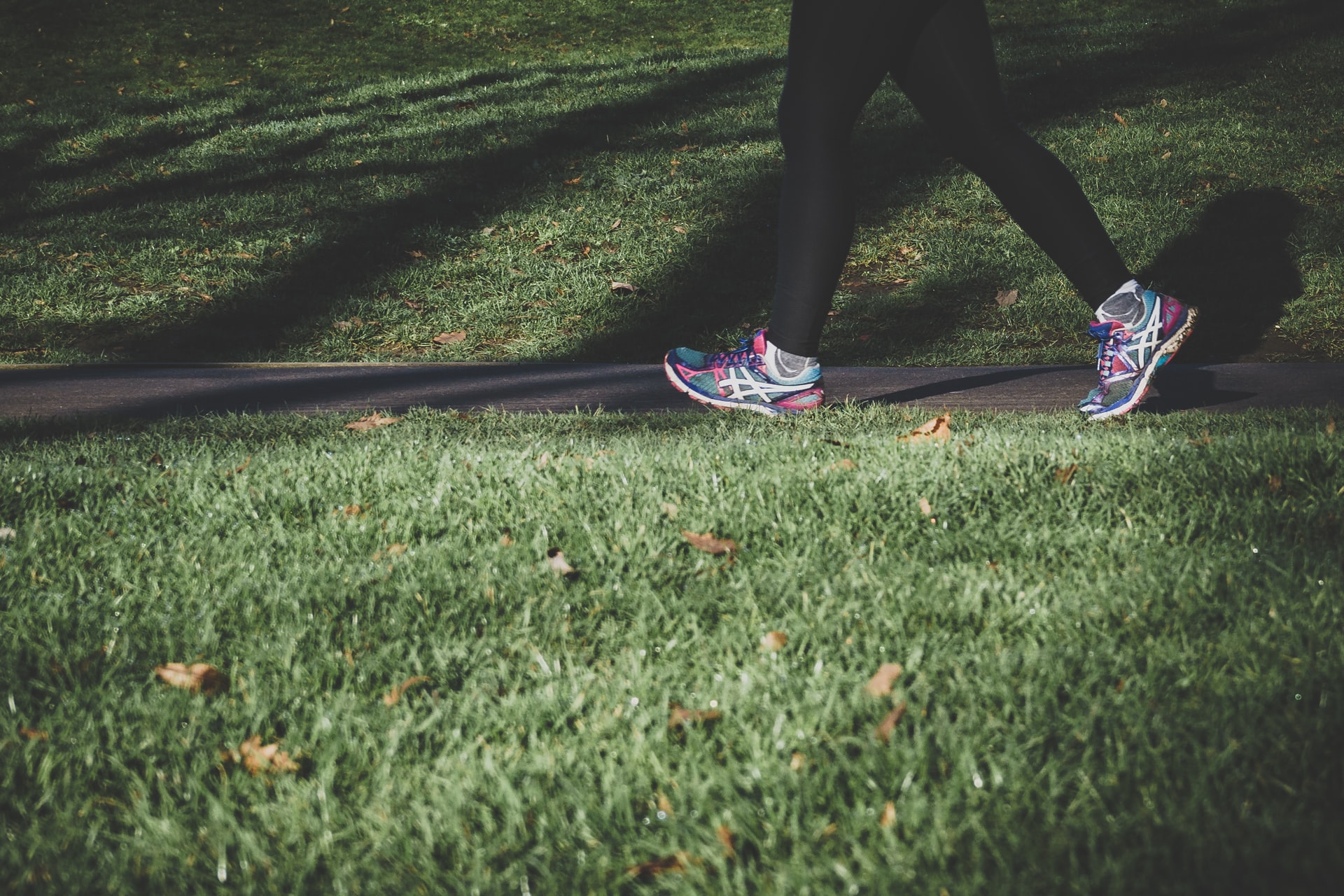Running can change your life. Running and walking are, in terms of technique, similar. The difference is that in walking, at one point both feet are on the ground, and in running there is a phase where both feet are in the air at some point. Running is an extension of walking. This guide for beginners in running will show you how to start and how to make running a daily habit.
Get Adequate Equipment
Sneakers are the most important part of your equipment. The degree of load on other parts of your body (knees, back…) depends on how the impact is absorbed. But it’s normal that you want running shoes that will not only protect your foot but also be a part of your outfit that will inspire you and put you in the right mindset. Feeling great in your equipment and being safe because of its quality are the two most important things. That is why it is important to choose the right shoes. If you are not sure where to start, check out these very comfortable blue running shoes and get inspired!
If you get fitness bracelets and other gadgets, you will need a lot of money, but the fact is that quality sneakers are most important to you because they are there to support your feet. Running shoes mustn’t be hard or uncomfortable; otherwise, you will encounter unbearable pain, blisters, and other injuries.
Make a Real Plan
Plan which days of the week you will run. In the beginning, it will be easier for you to walk fast and slowly extend the running period. The recommendation is to start three days a week, with 25 to 30 minutes of fast walking. You should try to run for a minute, with 5-15 minute breaks of fast walking in between. As weeks go by you will slowly extend your running time.
Don’t compare yourself to anyone, especially not someone who has been running for a while. The fact that people are surpassing you on a track has nothing to do with you. It’s important to follow your progress and just be better than yourself last week. Don’t give up because you are running at your own pace.
Listen to Your Body
If you feel pain when running, rest for a few days and continue again. Pushing yourself over your limits is never the solution and can only hurt you. Also, muscle pain, in the beginning, is a completely normal thing, it is only important that it doesn’t last too long and that you don’t ignore any other type of pain or discomfort.
Many injuries can occur due to prolonged inactivity or due to too frequent physical activity and insufficient recovery. Nurture your body and take care of it. A minimum of one day of rest is recommended, and for beginners, it is definitely enough to train 3 times a week.
You Don’t Need Any Fitness Level to Start
The truth is that a high fitness level is gained by running, and not the other way around. Even if you are at zero when it comes to physical activity, it is not an obstacle to start right now. It will certainly take you a little longer to run continuously, but it will pay off. Start with shorter running intervals and longer walking intervals, then over time and according to personal feeling, extend the duration of the run, and thus reduce the duration of the walk.
Every change in the current state causes some kind of discomfort. Even in this case, when you want to develop fitness and enable your body to run, it is quite logical that you will have to go through harder periods. When it gets difficult, do not give up, but set yourself a new goal or challenge that you will overcome.
Change Locations and Enjoy the Moment
Running can become even more fun if you are changing the time and locations of your training. Do your training in the park, in the woods, in the city center… Try running in the mornings and evenings. This tactic will make you change running surfaces which will make you stronger and better prepared for your next challenges.
Photo by Arek Adeoye on Unsplash










